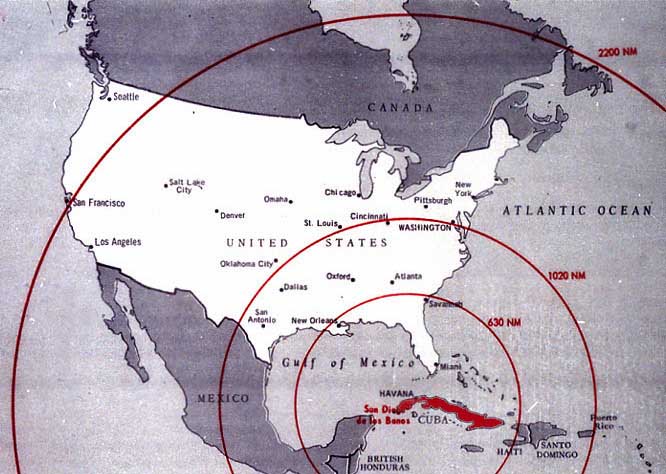Defusing the Nuclear Threat: A Necessary First Step
Nuclear deterrence has worked for over fifty years, while attempts at nuclear disarmament have borne very limited fruit. The success of deterrence combined with the failure of disarmament has fostered the belief that, repulsive as nuclear deterrence might be, it is the only strategy we can depend on for the indefinite future.
Given the horrific consequences of even a single failure, the real question is whether deterrence will work until it is no longer needed. Anything less is a modern day version of Neville Chamberlain’s infamous 1938 statement promising “Peace in our time,” implicitly leaving the problem and likely destruction to our children’s generation. And, as occurred to Chamberlain’s Britain, devastation could come much sooner than anticipated. The danger increases with each new entrant into the nuclear weapons club and more new members, including terrorist groups, are likely in the near future.
Given that the survival of humanity is at stake, it is surprising that risk analysis studies of nuclear deterrence are incomplete. A number of studies have estimated the cost of a failure, with estimates ranging from megadeaths for a limited exchange or terrorist act, through possible human extinction for a full-scale nuclear war. But there is a lack of studies of an equally important component of the risk, namely the failure rate of deterrence.
If the failure rate of nuclear deterrence is comparable to that of an extinction-level asteroid collision, then the fifty years we have delayed in seeking an alternative strategy might be acceptable, with roughly a one-in-a-million chance of humanity’s destruction during that period. But if the failure rate is on the order of 2% per year, corresponding to an expected 50-year time horizon, then this delay would be criminally negligent. Each decade taken to solve the problem would entail approximately a 20% chance of disaster.
We, the undersigned, therefore urgently petition the international scientific community to undertake in-depth risk analyses of nuclear deterrence and, if the results so indicate, to raise an alarm alerting society to the unacceptable risk it faces as well as initiating a second phase effort to identify potential solutions.
In the latter event, we recognize that a complete solution cannot be formulated within the current world environment, and it will have to evolve as a sequence of steps, only the earliest of which can be envisioned currently. As one example of a possible early step, Russia and the United States each have thousands of nuclear weapons, whereas a few hundred would more than deter any rational actor and no number will deter an irrational one. Either side could therefore reduce its nuclear arsenal with little to no loss in national security, even if the other side did not immediately reciprocate. In light of the growing specter of nuclear terrorism, a reduced nuclear arsenal could even enhance national security by lessening the chance for theft or illicit sale of a weapon.
While a number of other early steps could be identified, the critical first step is for society to understand the level of risk that it faces. Hence the risk analyses that we are advocating should be undertaken with the appropriate sense of urgency.
_________________________________________________
The above statement has been endorsed by the following Charter Signers:*
Prof. Kenneth Arrow, Stanford University, 1972 Nobel Laureate in Economics; see also Nobel Announcement
Mr. D. James Bidzos, Chairman of the Board, Verisign Inc.
Dr. Richard Garwin, IBM Fellow Emeritus, former member President’s Science Advisory Committee and Defense Science Board; see also NY Times article
Adm. Bobby R. Inman, USN (Ret.), University of Texas at Austin, former Director National Security Agency and Deputy Director CIA
Prof. William Kays, former Dean of Engineering, Stanford University
Prof. Donald Kennedy, President Emeritus of Stanford University, former head of FDA
Prof. Martin Perl, Stanford University, 1995 Nobel Laureate in Physics; see also Nobel Announcement
*Affiliations are for identification purposes only. The views expressed in the statement are endorsed by the individual signers and do not necessarily reflect those of their institutions. Endorsement of this statement does not necessarily connote endorsement of all elements of this web site.
Martin
Hellman, webmaster
Professor Emeritus of Electrical Engineering
Stanford University



